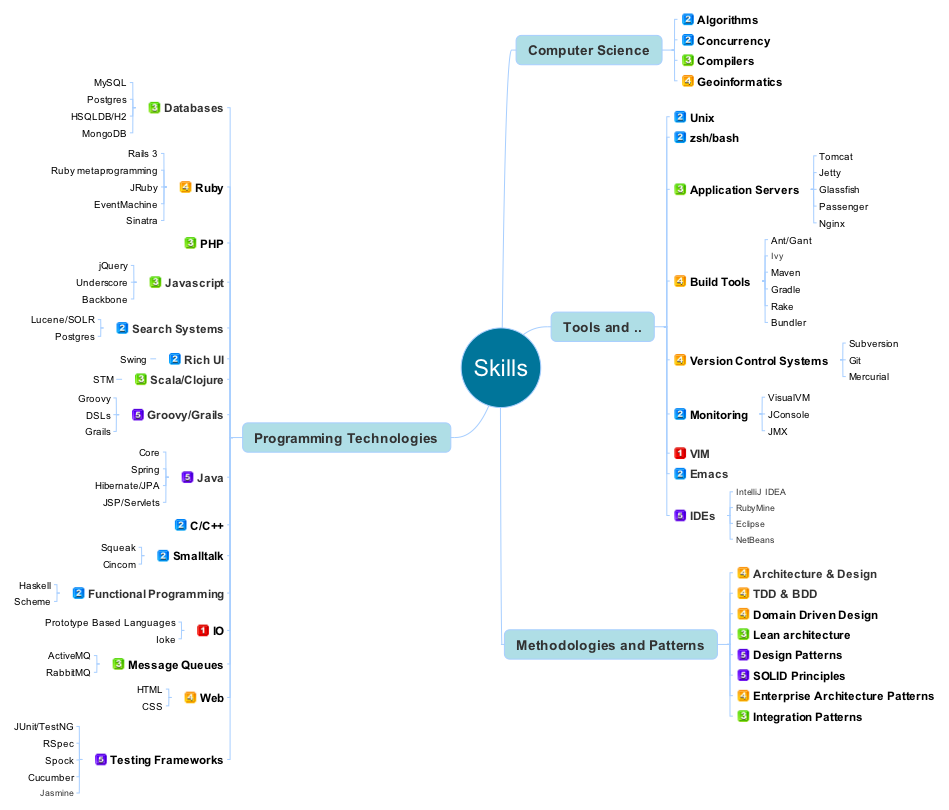Submitted by gouki on 2012, July 10, 6:05 PM
看到str_word_count的時候,想當然的認為它就是統計字符串中某些單詞出現的次數。结果,根本不是這樣,只是統考這個單詞出現在第幾位。我TNND。
然後一猶豫,我就寫了一個函數:
PHP代码
- function getStrCounts($str,$findstr='%s'){
- $i =$s= 0;
- while(($s = strpos($str,$findstr,!$s?0:$s+count($findstr)))!==false){
- $i ++;
- }
- return $i;
- }
等我写完后,发现,果然不错耶。然后我TNND又看了一下手册。。因为我记得这玩意确实是有函数的。找了一下,果然还真TMD有。substr_count就是这个苦逼的函数:
PHP代码
- $format = "There are %s monkeys in the %s %s %s";
- echo substr_count($format,"%s");
我晕啊。这个count,你为什么要扔到substr_这个前缀后面???真受不了。这个问题好象很久以前也有人提过,看来苦逼的人不是我一个啊
PHP | 评论:2
| 阅读:14669
Submitted by gouki on 2012, July 9, 9:12 AM
这个只是基于又拍云上面的一个小小的扩展,也是作了一个封装。
因为又拍云每次操作bucket都需要为它设置用户名和密码。如果我在一个controller里多次操作不同的bucket,有点麻烦 ,于是就做了一个小封装。
使用起来很简单,在配置文件main.php的components中加入一小段:
XML/HTML代码
- 'components'=>array(
- 'upyun'=>'ext.upyun.EasyUpyun',
- ),
当然,如果有需要额外定制的变量,也可以参考其他组件的设置方法。
附件在这里,我就不多说了,贴上组件的注释:
再贴上变量的注释
PHP代码
-
-
-
-
-
- public $alias = array(
- 'static' => 'test-public'
- );
-
-
-
-
-
-
- public $bucket = array(
- 'test-public' => 'admin:123456'
- );
-
-
-
-
- public $upyun;
-
-
-
-
- public $debug = FALSE;
Over,有想试用的,可以直接尝试下载附件。
附件: upyun.zip (5.59 K, 下载次数:2080)
Tags: yii, 又拍云, 组件
PHP | 评论:0
| 阅读:18637
Submitted by gouki on 2012, June 29, 6:38 PM
作為一名苦逼的程序員,他要做什麼?(這張圖來自互聯網:http://www.kuqin.com/upimg/allimg/120127/2003294U9-1.png)

正因為程序員十分苦逼,所以最近就在研究一些關於薪資的事情,發現果然很多人都是這麼理解的。
看看人家:http://www.iheima.com/html/2012/cyjy_0412/554.html
192萬就實現了N多目標,羨慕嫉妒恨啊。
Tags: 程序员
PHP | 评论:0
| 阅读:17499
Submitted by gouki on 2012, June 23, 11:03 PM
因為本次一周回顧與PHP相關較多,所以就扔在PHP分類裏了
1、yii DB cache,我這個Cache是指在查詢的時候,指定一個Dependceny,可以提高查詢效率,當沒有更新的數據時,就不會查詢數據庫了。在數據量低於10W的庫時,效率很高。但是數據庫的數據超過100萬時,再加上查詢的條件又是帶了id IN (xxx,xxx,xxx)。結果效率並不是特別高。
準備換個方法做緩存
2、本周將以前的API進行了處理。原來為了趕速度,只要是接口就按照ifelse往下寫了。現在發現效率不高,所以又準備重新寫。但為了防止以前的接口不兼容。於是乎這次重寫除了提高效率,還得兼容舊數據。苦。。。所幸都解決了。
正是以前想的,如果你代碼都沒有寫出來,你根本 就沒有機會去優化它,不是嗎?你想的再多,再精妙,如果寫不出。你拿什麼來優化?
其他沒有什麼大事。不過就一些小事。紀錄一下而已
PHP | 评论:0
| 阅读:13726
Submitted by gouki on 2012, June 16, 10:12 PM
什麼是hprose?這個我不想多說了,只想說它之前的版本叫phprpc,這是它的更新版,功能更強大。
官方地址是http://www.hprose.com。
以前用用都還行,結果就昨天在使用的時候發現,調用同樣的接口時,服務器返回502錯誤。但有時候確實是正常的。
仔細查看了一下,好象是返回的數據過大,於是我使用serialize將數組序列化後,用strlen查看了一下長度,發現長度在99999左右(這個數字當然是不對的,但大小差不多),最多也就99K嘍。但正因為這樣會出錯。於是我一點一點試
我在遠程的函數裏str_repeat("0",1111),一直嘗試,發現當數字在7000多時,就返回502了。因為是采用了php-fpm方式,所以我在本地的apache服務器上做了個測試,發現大約是在9000多字節。鬱悶。
問了一下andot,他說可能是服務器的設置也問題,也可能正好是一個BUG。但短時間內沒有時間測試了。
鬱悶
-----
时隔多日,这个BUG已经在一年前就解决了。只是我没有更新。andot居然来回复了一下,我想,我还是更新掉本文吧。
Tags: hprose, phprpc, serialize
PHP | 评论:1
| 阅读:21718


